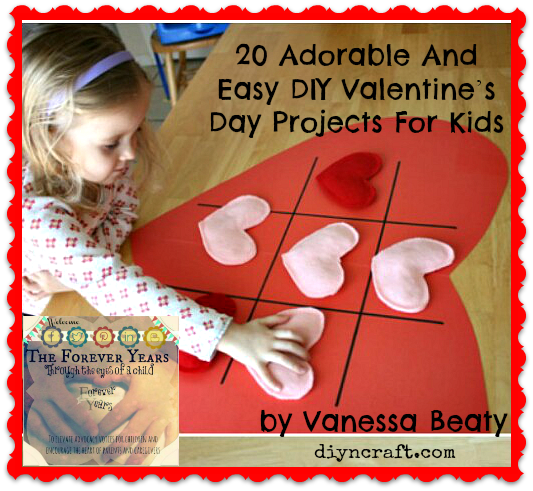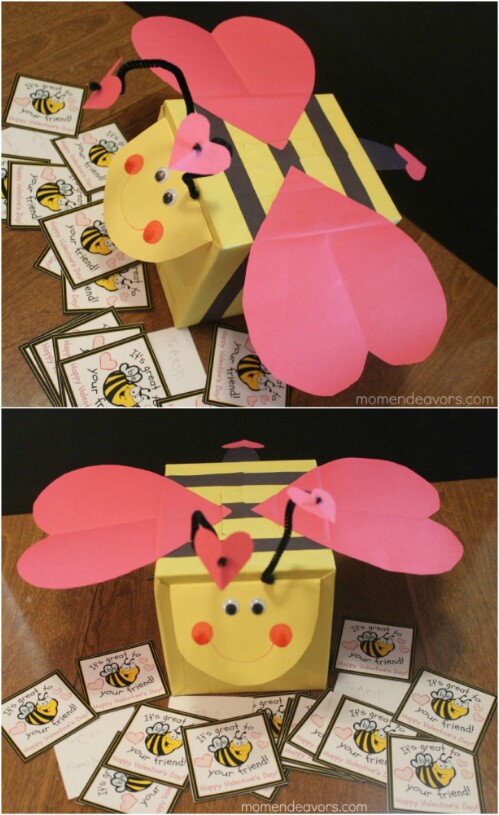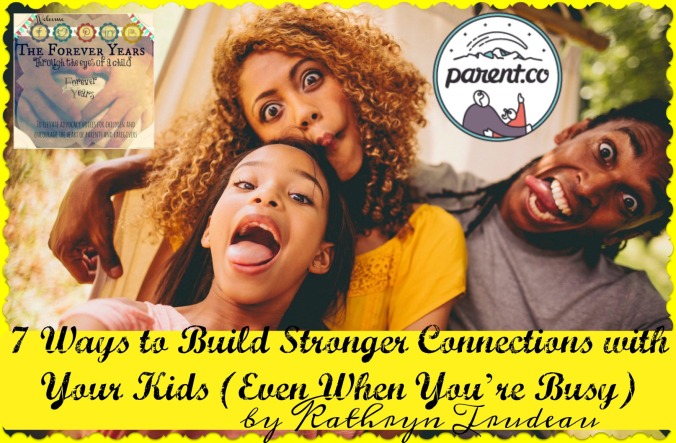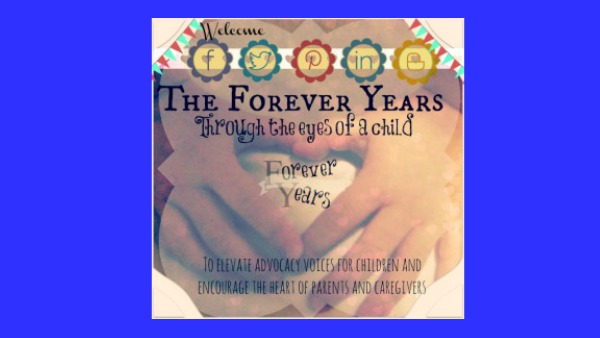All because our toddler won’t get into the car seat, or bites or hits us or another child, or asks incessant questions.
From an attachment play perspective, which comes from Aware Parenting (www.awareparenting.com), when children do things that we find most challenging, it is usually because of one of three reasons:
- They have unmet needs (in particular, for connection and choice);
- They have a need for information;
- They have pent up uncomfortable feelings which need to be released.
As adults, we tend to think that the main cause for challenging behaviour is number two.
If our son keeps pulling the cat’s tail, or our daughter keeps being rough with her baby sister, we may find ourselves saying, “gentle, gentle” over and over again, and being surprised that they are STILL not being gentle, and may actually be getting rougher over time!
And that’s when we might feel perplexed or flummoxed, and be thinking;
“Why DOES she keep doing it?”
And that’s when we might start getting frustrated, and trying to make her stop, or getting fed up and just giving up and letting it continue.
But IF we remember the other two reasons, we can solve the issue at the ROOT CAUSE.
HOW CAN WE SOLVE THE ISSUE AT THE ROOT CAUSE?
We can use attachment play to meet unmet needs AND help our child release uncomfortable feelings.
How do we do that?
ROOT CAUSE ONE – MEETING UNMET NEEDS
One of the most magical things that we can do is to give them what I call Present Time, and which Aletha Solter calls non directive child-centred play.
PRESENT TIME
What is it?
It’s a set period of time, where we offer deep presence and connection with our child.
At this point, you might be saying, “But I already give my child lots of connection.”
And I know you do, but there is something magical that happens with Present Time.
Why is that?
Because it is set up to meet a child’s need for connection and choice, which are two of their main core needs.
(Remember that one of the three main reasons for challenging behaviours is unmet needs!?)
And because it meets those needs, it can dramatically reduce those challenging behaviours.
What precisely do we do?
- We check in with ourselves first and see if we really can give our child connection and choice. (Ideally, we give ourselves PT first, so that we’ve done something that we choose to do);
- We tell our child what it is. (parents often give it their own name, like “Sam’s time”);
- We set up the parameters. (eg. no hurting anyone, no screens, no sweets)
- We set the timer. (This is part of the magic. It means that we know that we are only being fully present for that length of time, which makes it easier for us.)
- We give them choice about what happens;
- We follow their lead, we offer our full presence, our exuberant love, our adoration, and our full engagement;
- We let them know when the time is coming to an end;
- We stay present with them when the timer finishes, and either help them with what happens next, or if they feel upset, we stay with them and give them empathy for their feelings, eg. “You feel really upset that PT has finished, sweetheart? I’m here, and I’m listening.”
When can we use it?
The beauty of Present Time is that we can use it preventatively, strategically, and in the moment, when things get challenging.
For example:
If your child is showing some challenging behaviours in general, you could offer Present Time every day, for 20 or 30 minutes, and notice whether this changes the challenging behaviour;
If your child has something new coming up, like a new sibling arriving, then daily Present Time can help him have reassurance that he’s still loved and cared about, and keeps his connection cup more full.
If there are separations, such as for daycare or playgroup or nursery school or kindergarten or school, the doing some Present Time before and afterwards can help with the separation and reconnection. Even 5 or 10 minutes of PT can make a real difference.
If your child is starting to get a bit antsy, or showing the signs that you’ve noticed lead to biting/hitting/doing things you don’t enjoy, you could put in some Present Time right then. Again, even 5 or 10 minutes can make a big difference.
Why does it work?
The power of Present Time is that, as a concise yet deep connection, it helps our child feel connected with us.
It’s when they feel disconnected, that challenging behaviours often occur – because a sense of disconnection feels really uncomfortable and agitating for a child.
It also helps give them a deep sense of choice.
Remember that it’s a lack of sense of choice, as well as feelings of powerlessness, that feel incredibly uncomfortable for children (and adults), and is often the cause of those challenging behaviours.
It’s that double-whammy of connection and choice which creates the magic.
And there are often wonderful side-effects too!
Many parents come to me saying, “I did it to help my child, but I found that I fell in love with my child all over again, and I love it!”
Other parents say, “At the end of the day, I know that I have given my child Present Time, and that helps me celebrate myself and what I’ve done.”
Present Time also helps children feel closer to us, which helps them express other feelings to us more too.
You may find that your child more easily cries or has a tantrum when you start doing more Present Time.
It’s just like us – when we feel closer to someone, we often want to tell them about our deeper feelings and experiences.
So, if after Present Time your child cries when there is none of her favourite cereal left, you might choose to simply be with her and listen to her feelings and tell her that you are there with her, listening to her, loving her.
Her feelings are unlikely to be about the cereal, and more likely to be about something else that she wants to share her feelings about with you.
What if you want to learn more about Present Time?
I have a free 4 day online course called Powerful Present Time Practice.
You can sign up for it here:
To recap, Present Time is a practice, a preventative, and a problem-solver!
So, that was all about meeting unmet needs.
ALL of the types of attachment play meet children’s needs for connection, but they ALSO do what we talked about above – they help children release pent-up feelings that are often the cause of challenging behaviours.
ROOT CAUSE TWO – RELEASING PENT-UP FEELINGS
What pent-up feelings do children have?
Well, even if we are the most aware, conscious parents, and we do everything we can to meet our child’s needs, ALL children feel uncomfortable feelings.
They might feel overwhelmed, scared, sad, confused, powerless, disappointed, or frustrated.
As adults, we often talk about our feelings.
But children need to express their feelings, and have those feelings heard, in order for those feelings to be released from their bodies.
How does that happen?
Well, with light fears, powerlessness, confusion and frustration, the feelings are released through laughter.
Laughter and play release feelings.
Have you noticed that yourself? That you might laugh in a social situation where you feel a bit uncomfortable?
Or that when you laugh a lot at a comedian, it’s about something that you fear, or feel worried about?
(I’ve been loving James Corden, especially one show where he and another talk show host play “Send to All” – They post a rude text message on each other’s phones, to all their contacts, and then read the replies. I found myself laughing a lot. Obviously, sending a text to someone I didn’t mean to is a bit of a concern for me!)
Children are exactly the same!
Laughter is an incredibly powerful release mechanism!
And also a misunderstood one.
Has your child ever laughed when you got frustrated or angry, and you thought they were ‘winding you up’ or ‘laughing at you’? And if so, did you then feel even more frustrated or angry?
How would it be to learn that they were actually afraid, and releasing that fear through laughter?
Would knowing that help you think differently, feel differently, and respond differently?
Laughter and play are things that we can again use strategically, preventatively, and in the moment when things start getting challenging.
How wonderful is that, to know that with attachment play, we can prevent, and respond to, challenging behaviours, effectively and compassionately, without resorting to punishments or awards!?
What are the other release mechanisms? Shaking, sweating, crying, tantrumming, and yawning all release different feelings from the body.
What exactly is attachment play, and how can we use it to prevent and respond to challenging behaviours?
There are nine types of attachment play, and each type can be used for numerous challenges.
Obviously I don’t have space here to go into all 9 types in depth, but if you want to go deeper, you can find out about Aletha Solter’s book Attachment Play at
http://www.attachmentplay.com/What I’m going to do here is talk about a few things that parents often come to me wanting help with, and let you know what type of attachment play I would suggest.
With ALL types of parenting challenges, I would ALWAYS suggest putting in regular Present Time.
Even 20 or 30 minutes of regular PT can make a huge difference to a child’s sense of connection and choice and can really make a difference!
******
Challenge: Hitting
Your child hits, bites, or is rough with you, their sibling, other children, or the pet.
(Even though you have always brought him up with the most gentle of parenting, responding to his needs, and he hasn’t experienced roughness himself.)
Cause: Feelings of powerlessness, frustration, agitation, and fear.
(You might be thinking; “But he doesn’t look scared.” But if you reflect back on a time where you got harsh or angry with your partner, child or friend – underneath the loudness, were you feeling scared or frustrated or powerless or sad?)
Solution: Power-Reversal Games
What are power-reversal games? These are where you play being the less powerful, less competent, more scared one, and you let your child play the more powerful, more competent, scary one.
There are SO many ways that you can play this.
~ They can chase you round the house, and you can keep running away, pretending to be scared, and then letting them catch you, falling over in a big pile, and being mock-surprised at how fast they are;
~ They can be on a swing, and you are in front of them, and each time they come towards you, you pretend that they have knocked you backwards and you go flying backwards in mock surprise about how strong they are;
~ You can have a pillow fight, and each time they hit you with the pillow, you pretend to go flying and again be mock surprised or scared.
Like all attachment play, you are probably doing these kinds of things lots anyway.
The difference with attachment play is now that you know what it is doing, and can use it strategically to help your child.
As with all challenges, I’d always suggest extra Present Time, which increases feelings of connection and choice and reassurance.
Tip: Go with the giggles
If your child is laughing, then keep doing what you are doing!
IMPORTANT NOTE: we do not recommend tickling.
Even though a child may laugh when he is being tickled, the sensations are often overwhelming and can actually lead to more powerlessness.
If you were ticked as a child or teen, you will probably remember that for yourself!
******
Challenge: Feelings around separation 1 – being with Dad
Your child has feelings around being with Dad.
Cause: Feelings of sadness or loss if he goes out to work or is away a lot, or other pent-up feelings that don’t get to be expressed with Mum.
Solution 1: Power-Reversal Games.
Similar to above, only in this case, Dad pretends to be the one who doesn’t get to choose the level of closeness.
He could say, “PLEEEEEEEEEEASE let me play with you? Please? Can I look at you? Could I even just touch your toe? How about your ear?” And in a mock-silly voice, try out all these silly ways of connecting, and perhaps mock-crying about not getting to do any of these things.
Solution 2: Separation Games.
(see next section)
******
Challenge: Feelings around separation 2 – being with other people
Your child has big feelings about going to daycare, pre-school, kinder, nursery school or school.
Cause: Past feelings of loss or past separations that are coming up now, or fear, or powerlessness.
Solution: Separation Games
Separation games play with the edge of connecting, separating and reconnecting.
With babies, peek-a-boo is one of the earliest forms.
As children get older, we can play forms of peek-a-boo, like the “where is he” game – such as when he is on your back and you wonder where he is, and then you suddenly see him and say, “Oh THERE you are!” with joy and delight!
Hide-and-seek type games are also separation games. With younger children, they will need to hide with someone, otherwise there’s too much separation. Every time you get found, or find them, you could jump in the air with mock surprise.
Again, follow the fun!
******
Challenging behaviour: Not cooperating
Cause: Feelings of powerlessness, frustration, and other pent-up feelings that create disconnection
Solution: Nonsense Games, Power-Reversal Games, Present Time.
Nonsense games are all about feelings of competence.
Feelings around ‘rules’, ‘not getting it right’, and ‘not being able to do things’ can all cause a lack of cooperation, such as not doing school work.
When we play a goofy game of being the one who is incompetent, silly and goofy, our child can laugh and release their feelings around these things.
The “No puppies on the couch” is a lovely example of a combination between nonsense play and power-reversal games.
In this game, they pretend to be puppies, and we pretend that there are to be “no puppies on the couch!”
We say something like, “I’m going to turn away, and when I turn around again, I HOPE I am not going to see any puppies on the couch!” with a huge smile on our face and in a mock silly voice.
(Younger children may need some help to understand that we are actually happy for them to be on the couch!)
Then we turn away, and when we turn back, we pretend to be shocked and horrified that they are on the couch, “Noooooo! I said no puppies on the couch!” in a silly, over-the-top, voice!
Tip: Change the games to suit your child, and create your own versions together
******
Challenging behaviour: Not cooperating with teeth or hair brushing
Cause: Feelings of powerlessness, disconnection, or general pent-up feelings
Solution: Nonsense Play
There are lots of different versions of these games that you can use!
You can play the “Silly Toothbrush” game, where you pretend that you don’t know where their teeth are, and you say something like, “Oh I know where your teeth are!” and try to brush their arm, and they keep trying to show you where their teeth are and you keep on getting confused about where their teeth are.
You can do the same with brushing hair.
******
Challenging behaviour: Gun play and swearing
Causes: Feelings of fear, confusion, discomfort.
Most often, children have seen other children playing with guns or swords or swearing and they need to understand what was going on, and release feelings about being the recipient.
Solution: Nonsense Play and Power-Reversal games.
We can again combine these two types of play, for example:
they pretend to shoot us and we pretend to be scared, or we pretend to die all over them whilst kissing them,
or we pretend that the gun is broken and is just making us love them more (this is from the Love Gun Game by Lawrence Cohen).
With swearing, we can pretend to be shocked every time she says the word, and jump in the air, or fall over.
We can run around the garden or trampoline together, saying the words over and over again (as long as you aren’t worried about what the neighbours will think!)
There is deep power in CONNECTING with our child when she is trying to understand something and release feelings about it.
Home then becomes this safe and healing zone where your child can bring her challenges because she knows that you will help her with them.
IMPORTANT NOTE: Remember the cause of these challenging behaviours?
The cause IS NOT because they need to learn to be warm and compassionate, nor is it because they are deliberately trying to be annoying.
It’s because they need connection, they need to understand what happens to them, and they need to release uncomfortable feelings and heal from painful experiences.
If we try to stop the behaviours, such as hitting or biting or swearing or gun play, without dealing with the actual cause, then we are likely to find that those behaviours keep happening, or other more challenging behaviours occur.
******
Challenge: Upcoming dentist or doctor visit, or previous trauma around medical procedures, including during and after birth.
Causes: Feelings of fear, powerlessness and confusion
Solution: Role Play, Power-Reversal games and Nonsense Play
Again, we ask them to play the dentist or the doctor, and we do mock silly things, like show them our hand and say it is our teeth, or if they give us medicine, we pretend to be disgusted and vomit it all up, and other silly things.
Tip: Again, watch your child. If she is close to tears, stop the attachment play and listen to the feelings.
IMPORTANT NOTE: If your child is already crying, it is important NOT to try to get her to laugh.Tears are releasing other feelings than those released by laughter, and she needs you to be present and listen to hear tears, not to distract her from the feelings.
******
Attachment play can be used to prevent, or respond to, pretty much every challenging behaviour in children, from not eating vegetables, to not doing homework, to jumping on the bed before bedtime, to not getting in the car seat, and so on and so on!
These examples are just a small proportion of the game types and game examples.
And the beautiful thing is, once you understand the philosophy, you and your child can make up your own, tailor-made attachment play games.
If you want to find out more, I recommend reading Aletha Solter’s book Attachment Play (www.attachmentplay.com)
(this is a picture of me and my son on the cover!)
And the MOST BEAUTIFUL thing about attachment play is that it brings back the connection, joy, fun, laughter and wonderment of family life, which is probably what you envisioned when you thought of becoming a parent!
Here’s to more fun, more connection, and more cooperation!!
Marion Rose
Ph.D. Dip.Couns. Dip.Psych. Level Two Aware Parenting Instructor
I’m a Mum of two (they are now 14 and 9), and they have two siblings, twins who are 4.
I’ve been researching, studying and generally fascinated in learning about babies and children and how our early experiences affect our lives, for 28 years now.
I’ve trained in lots of things over the years, like developmental psychology, Psychosynthesis Psychotherapy, HypnoBirthing, Private Subconscious-mind Healing, Calm Birth, Aware Parenting, NVC and Field Training.
I’m a Level Two Aware Parenting Instructor and you can find out more about my gazillions of online courses at
http://www.marionrose.netPictures © copyright Marion Rose 2016


























































 TODAY
TODAY

